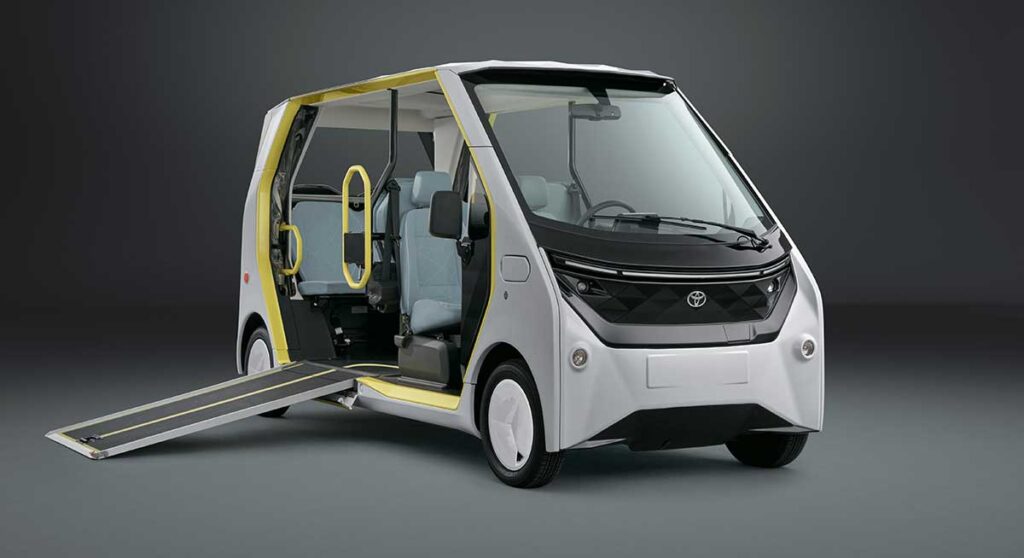
Originally, APM was specifically designed by Toyota to offer a safe and efficient mobility solution to athletes and officials during the major sport event in Tokyo, Japan in 2020.
The electric shuttle will again be at the heart of the transport solutions during the next sports event in Paris to ease mobility for all within the sports sites. This is a completely new version, more adapted to the European environment, it can embark 6 persons including the driver and has been designed for very flexible use. The foldable seats enable the transport of people in wheelchairs. The vehicle is also available in a relief version, developed to provide medical assistance, enabling the transport of a stretcher and medical staff.
Toyota plans to provide 250 vehicles for the major sport event to take place in Paris next summer.

Toyota chose Valeo eAccess Belt 14, all-in-one solution (motor, inverter, reducer) offering the possibility to the vehicle to operate up to 20 kph with a gross vehicle mass of 1390 kg.
Valeo’s 48V eAccess combines a 48 Volts 13.5 kW generator, coming from the 48V electrical propulsion platform which has already reached sufficient maturity to become a standard equipment for the automobile market, combined with a gear reducer and an innovative ribbed elastic belt to create a full eDrive propulsion system.
Giving the possibility to reach speed up to 100 kph and an electric autonomy average of 100 km, the Valeo’s 48V eAccess is also matching the NVH high performance standards and registers in a medium and long-term strategy to reduce the environmental footprint impact of the automotive industry (end-of-life recycling, recycled material cover).
Valeo’s eAccess technology is already powering the urban car Citroën Ami and also other applications such as the 3-Wheelers from Atul which is addressing the Indian market. The 48V Valeo expertise in electric motors for small mobility is also available on 2-Wheelers markets and the latest addition to this is the BMW e-motorbike CE02.

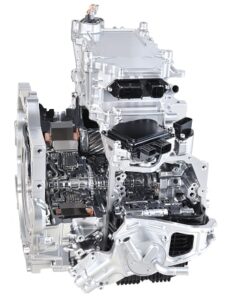
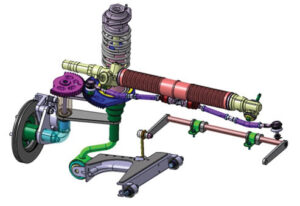
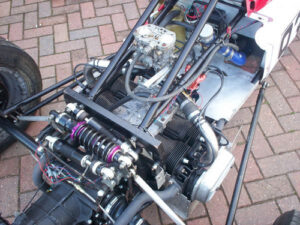

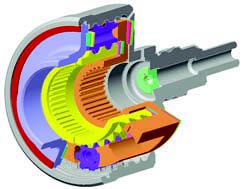
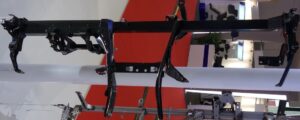
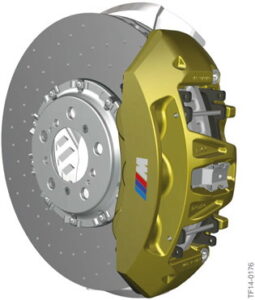
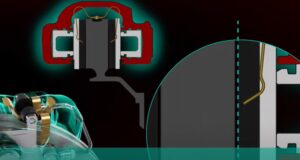

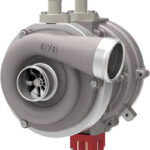
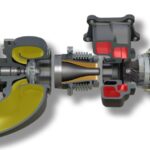
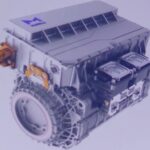
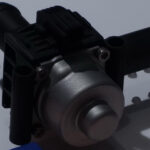
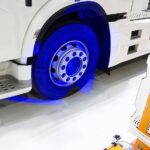
“long-term strategy to reduce the environmental footprint impact of the automotive industry”
awesome.
so, tell me. where do all these 48V lithium ion battery systems go?
surely they are all being recycled, in their lifetimes, yes?
so then surely, so long as there is more and more diesel and mining equipment to make batteries…
the ANSWER is human-powered bycicles. (and a nuclear gird)
but that doesnt help any of these companies (or their investors) claiming to ‘save the world’